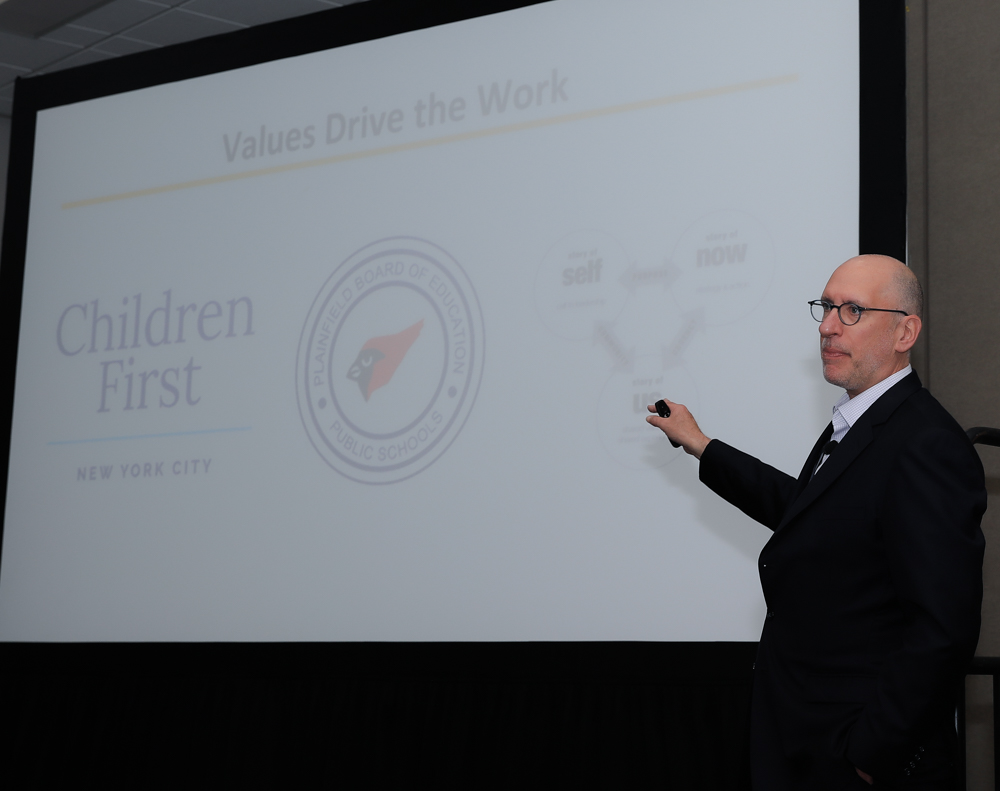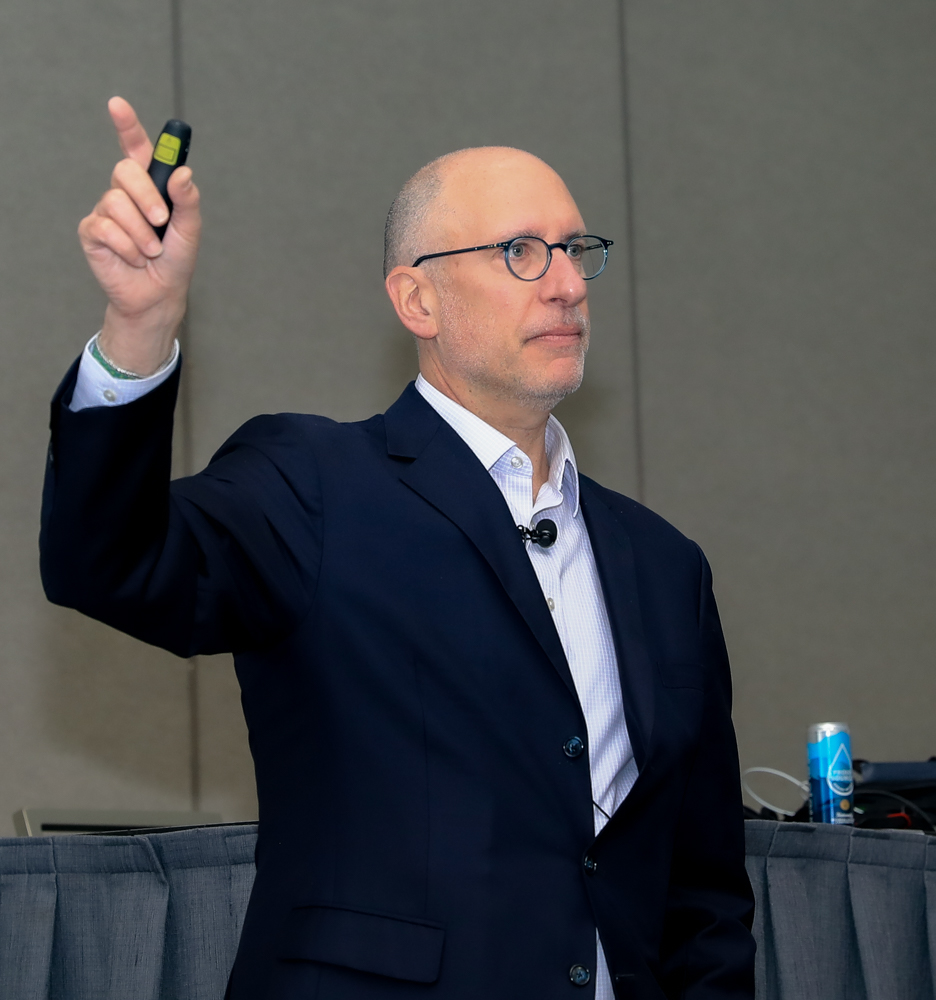In a small conference room in San Diego, AASA members on Friday could be heard having a lively conversation regarding the role equity has played in educational practices.
This discussion, facilitated by Joshua Starr, managing partner of the Center for Model Schools, was a part of his broader presentation, “Equity Based Leadership: How to Use Strategic Planning to Drive a Transformation Agenda.”
“You need to know your history,” said Starr, before you can have these kinds of equitable conversations with your own communities.
The former superintendent outlined his “6 Essential Moves” for strategic learning. He emphasized their nonlinear nature and encouraged participants to explore each facet and determine what each might mean in their own districts and communities.

The first three moves, dealing with teaching and learning, values and decision making, emphasize having a cohesive and unilateral system that can support students, teachers and administrators during times of crisis. Clarity is a priority for these entry points.
The next two moves, resource allocation and talent management, focus on what communities have at their disposal — whether curriculum or personnel — to improve the success of all students.
The last move, culture, calls for increased community involvement, encouraging educators to help students and their families get involved in their educational communities, becoming active investors in the betterment of their area.
Involving equity in the conversation around strategic planning cultivates coherence, accountability and reflection in school communities, Starr said.
He ended his presentation with the following question: “What is the problem you’re trying to solve?” Participants were left to ask themselves the right questions and identify their own challenges, solutions and strategies, all using an equitable lens to inform their strategic planning.
(Bradley Beggs is a reporter for Conference Daily Online and a master’s student at the University of California San Diego.)

